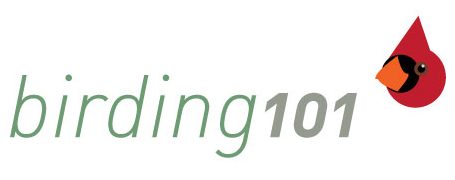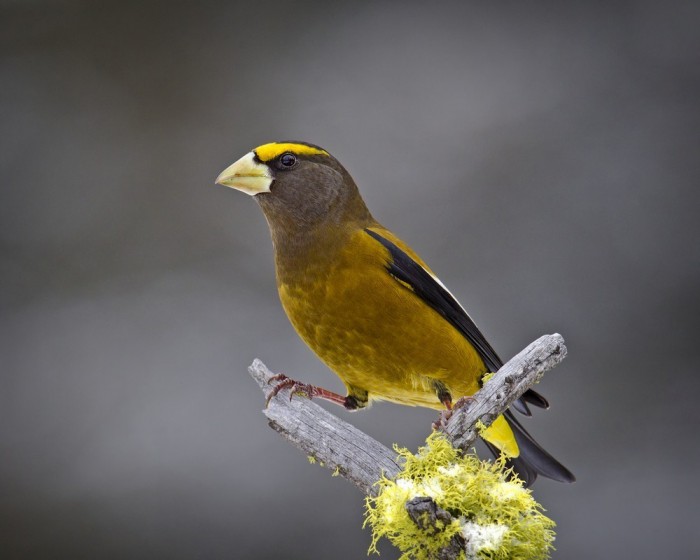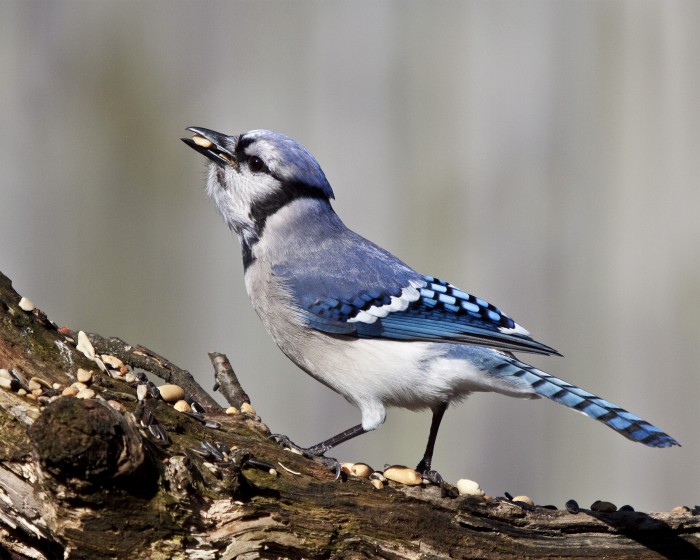What is Great Backyard Bird Count?
- A time stamp of the state of the birds
- Citizen Science – your observations are important for the big picture
- Anyone can join – just count the birds you see.
- As little as 15 minutes suffice.
- Do it near you. Your feeder, your backyard, your local park, on your holiday, anywhere goes.
GBBC goes global
This weekend is a historic one for birds and birding, since the Great Backyard Bird Count will be conducted worldwide for the first time.
This global expansion of the count is made possible by partnering with eBird. eBird is an online bird checklist reporting program that allows birders to keep their personal bird records and birding lists online. Those observations are combined with those of birders from all over the world on maps and graphs and then are used by the science and conservation communities.
eBird began in the United States and Canada and expanded to South America in 2007 and the entire world in 2010. With eBird, you can truly report “any bird, any time, any where.” eBird is now collecting more than 3 million records per month and its userbase continues to grow. If you have not yet tried eBird, this weekend is the perfect time to try.
Some GBBC history – the eBird precursor
The Great Backyard Bird Count started in 1998 as a joint project of the National Audubon Society, the Cornell Lab of Ornithology, and Bird Studies Canada, but with hundreds of other local partners around the U.S. and Canada. In many ways, the GBBC set the stage for eBird, demonstrating that broad internet-based citizen science bird counts could be successful. Four years later, eBird was released. And this year, the GBBC will use the eBird data entry interface and allow GBBC participants to store all their data under a single account.
The Great Backyard Bird Count always takes place on a four-day weekend in mid-February. This is a perfect time of year, halfway between the Christmas Bird Counts and the onset of spring songbird migration in North America. It is also the coldest and harshest time of year in the northern hemisphere, so the count provides good information on winter survivorship. (Note however that some waterfowl, blackbirds, cranes, swallows, and other species are already beginning their northward migration in the United States.) In 2012 the count posted record-breaking numbers, with 104,151 checklists submitted of 623 species and 17.4 million individuals.
Getting people involved
As the GBBC has matured over the past decade, it has become one of the most successful ways to get citizens involved with birds and citizen science. For those of us that are already hooked on birding, the Great Backyard Bird Count is an opportunity to take someone birding who has never been. Try to get them to see birds the way you do and show them how counting birds is an important way to understand the environment around us and how it is changing. Maybe go for the gold and see if you can turn them into a regular eBird participant year-round!
With the GBBC, we expect submissions to eBird to triple. You can watch the checklists flow in on the newly released live submissions map. If your area is looking sort of blank today, then get out there and submit a checklist yourself, even if it is just a short count in your backyard. On the GBBC and on eBird, every observation has value and it takes submissions by everyone to help paint an accurate picture of global bird occurrence.
How to particpate
To participate in the GBBC visit www.birdcount.org and then click “submit your bird checklist” to get started. The count runs from 15-18 February, but be sure to remember that you can submit birds through eBird anytime and that your observations from the GBBC and eBird will always be accessible to you under a single account.
Will you participate or have you participated in GBBC? Tell us about your approach. Tell us about your experiences. Check the comment section below.
Also check out the previous post about FeederWatch.
………………………………………………………………………………………………….
If you liked this post, please consider sharing it with your friends, on mailing lists you belong to, on Twitter, on Google+, on your Facebook wall, and on Facebook groups and on Pinterest. Or you may blog about this blog.
The more people we can get to take part in citizen science the more we will learn about the distributions of the birds and the variations of population sizes.
Finally, subscribe to this blog, not to miss any future posts.


